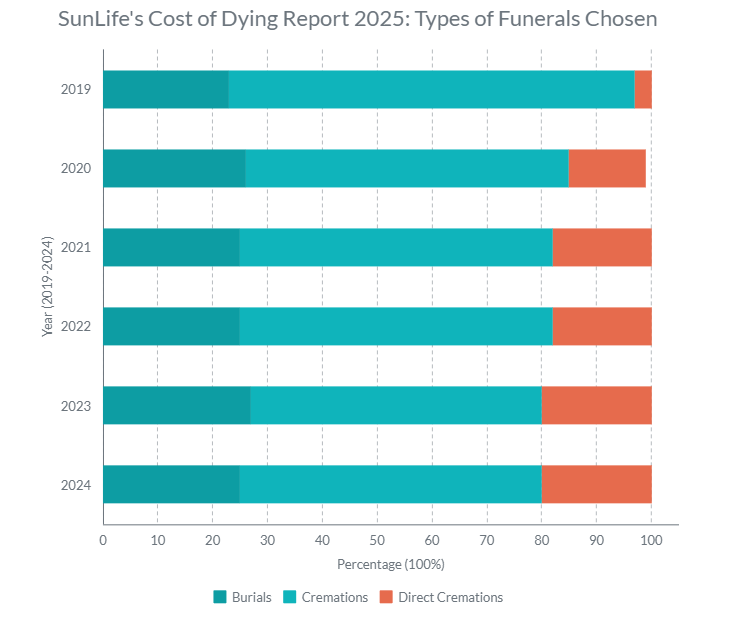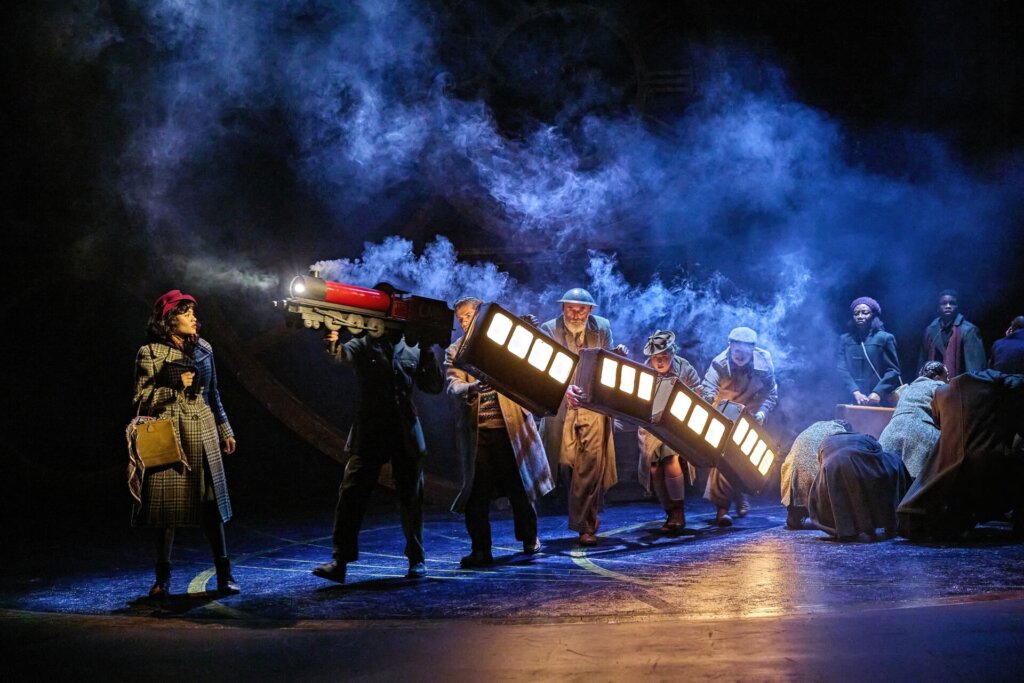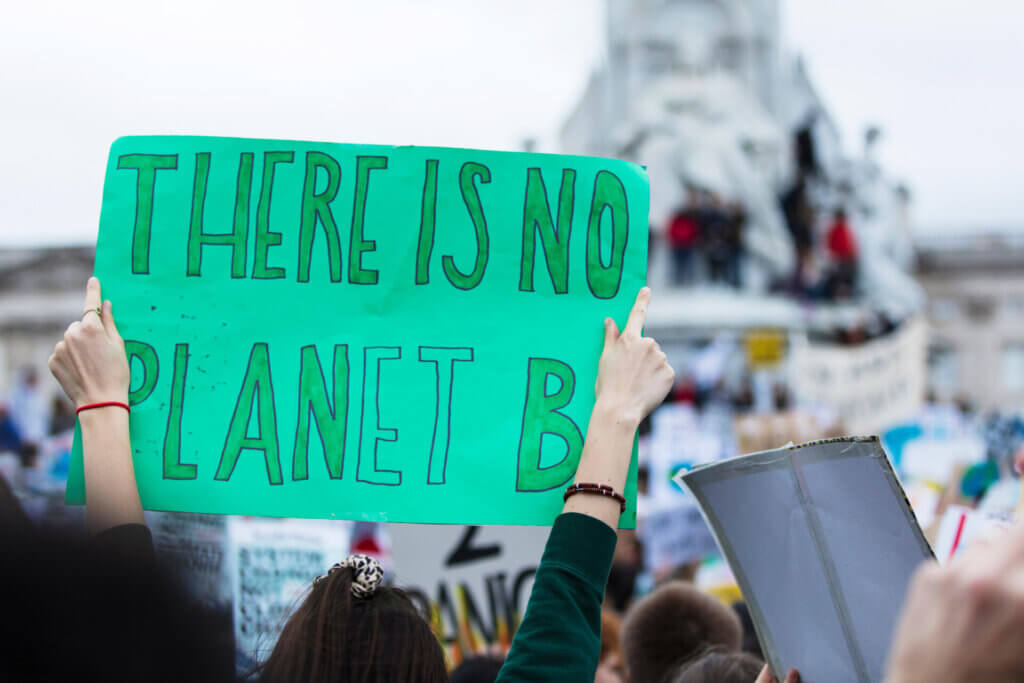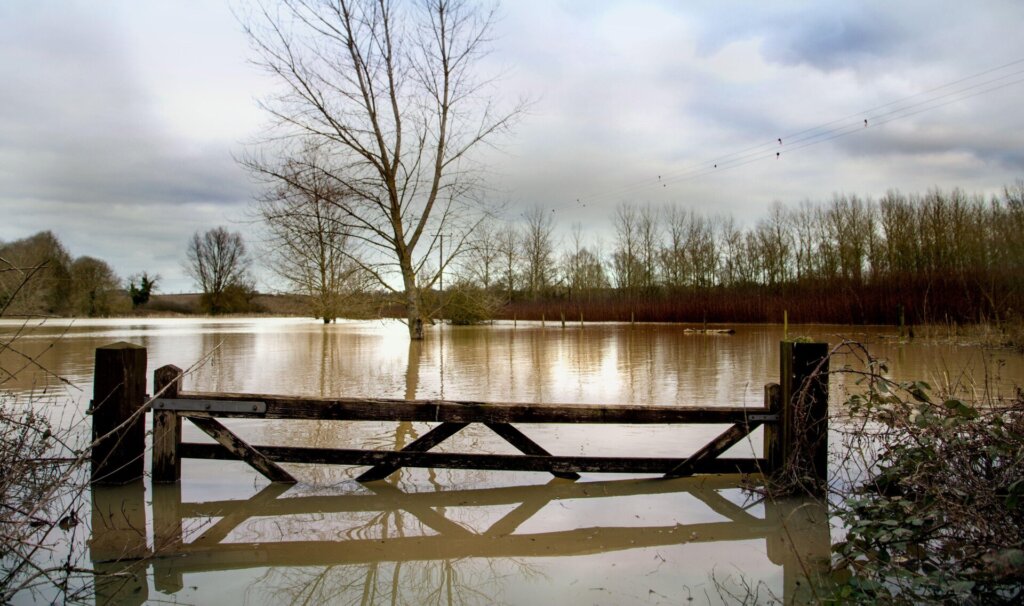Cremations come out on top as the “cost of dying” increases year on year
Written by Eleanor Tait on 24th June 2025

(Sam Mellish / Alamy Images)
As cremation rates reach an all-time high in the UK, what are the deciding factors for our final send-offs?
If you attend a funeral today, it is very likely going to be at the crematorium, rather than at the graveside.
A century ago, this type of send-off would have been almost unimaginable; cremation was only pronounced legal in 1884, and according to data released by The Cremation Society, just 0.5% of people in the British Isles were choosing cremation either for themselves or their loved ones in 1925.
Since then, the number of people in the UK opting for a simple, attended cremation has risen dramatically to 55%, SunLife’s Cost of Dying Report shows. Not only has cremation emerged from initial political and religious controversy as a broadly accepted practice across many cultures and faiths, it is now the most popular funerary practice in the UK.
In the North East of England, a simple case study of Freedom of Information data clearly demonstrates that while a few hundred burials take place in each local authority district every year, the number of cremations are in their thousands, as these figures for 2024 show.

FOI data released by local authorities in the North East of England demonstrate a clear trend towards cremations being the most popular funeral option (IMAGE: ELEANOR TAIT).
So, what is it that’s driving these figures? Hartlepool funeral director, Steven Bell, explained his understanding of it. “Firstly, cost plays a major role,” he said.
“Cremations are generally far more affordable than burials, especially when you factor in the rising price of burial plots, headstones and maintenance.
“Another major influence is changing attitudes. Many people today prefer a simpler, less-traditional send-off, and cremation offers more flexibility when it comes to memorial options or keeping things low-key.”
Laura Clarehugh, Finance and Marketing Director at Northumberland Woodland Burial and Crematorium tends to agree. She also suggests that one reason people choose cremation is that it gives friends and family more time to process their grief.
She said: “In my experience, I believe that burial can feel very final for a family, whereas cremation offers a family the chance to return home with the ashes of their loved one, allowing them valuable time to continue to grieve.
“We see a lot of families return to look at memorial plot options many months, sometimes years after the cremation of a loved one.”
She added: “There are many reasons which can influence a family or individual’s choice, however, I do think the increase in products for cremated remains makes cremation appealing to a broader audience.
“Cremated remains can be placed into memorial jewellery, tattoos, and even placed into fireworks or dispersed in space, as well as more traditional burial options that have long been available.”
Flexibility and affordability would therefore seem to be two of the main factors at play when it comes to planning a funeral in 2025. Whereas an attended burial costs on average £5,198 in the UK according to SunLife, an attended cremation is significantly cheaper, at an average of £3,980.
Moreover, with 22% of people surveyed by SunLife saying that their standard of living had been affected by an obligation to meet funeral costs, it’s easy to understand why so many may be selecting cremation in the midst of a cost-of-living crisis.
Although these figures do highlight the extensive impact of the economic turbulence of our times, Professor Douglas J. Davies, Director in the Centre for Death and Life Studies at Durham University, interestingly points out that what we do around the funerary event itself is also a signifier of newly adopted social and cultural customs unique to the UK.
“I think the finance thing is partly an issue, because of headstones and so on, they do cost money,” he said.
“But unlike most people in Europe, the Brits in the 1970s started taking cremated remains away from crematoria and putting them all over the place; in their gardens, in the river, on a mountain. They put them in places of significance for that individual, for the dead person, for the family.
“That requisition of personal choice is an option that people have once they don’t have a fixed grave, so that’s an important factor, I think.”
But while cremation could be considered the most significant and successfully adopted change in British death practices since records began, it is by no means immune to change within itself.
Indeed, while the current figure for those choosing a simple, attended cremation currently stands at a strong 55%, in 2019, it stood at an even higher rate of 74%.
What could possibly explain this apparently striking decline in the attended cremation service? If you’ve sat down to watch a spot of daytime TV recently, you might have a good idea as to why.
Contrary to what this statistic implies, cremation is by no means on its way out – rather the opposite. Most recently, The Cremation Society revealed that in 2023, 80.64% of people who died in the British Isles were cremated, but in the same year, it would appear that many more people were starting to opt for non-traditional cremations.
In 2019, 74% of us were planning cremations with a service, guests, wake, floral tributes, pall bearers, hearses, and all manner of optional extras. Six years down the line, it would appear that we are increasingly choosing to go without any of these.
If you have been one of those watching daytime TV, you might have noticed a lot of advertising for direct cremations, which cut out the ceremony and a lot of the cost. On average, a direct cremation cost only £1,597 in 2024, compared to almost £4,000 for an attended crematorium funeral.
“Many funeral directors do this now,” Prof. Davies explains.
“You can decide to have a cremation without any ceremony; they’ll pick up the body, they’ll take it to the crematorium, and they’ll deliver the ashes back to you.
“It started just before COVID lockdown in 2019, 2020 – COVID made an enormous difference.”

Data from SunLife’s Cost of Dying Report 2025 demonstrates the sharp rise in people choosing direct cremations since before the COVID-19 pandemic (IMAGE: ELEANOR TAIT).
Half a decade ago, only 3% of people in the UK chose to have a direct cremation funeral, but they have seen a rapid rise, with 20% of us now choosing to ditch the ceremony and go for the cheaper, “no-fuss” option.
SunLife’s data further indicates that the rise in direct cremations year on year is a result of economising measures. In 2023, 9% of people surveyed said they organised a direct cremation as a means of cutting costs – this figure rose to 11% in 2024.
Over his long career, Prof. Davies has overseen the continuous rise in popularity of cremation. But he’s also seen the creation of woodland burial sites in the 1990s, and more recently, the introduction of alkaline hydrolysis processes of disposal in the US and Ireland.
Far from standing still, the practices surrounding funeral culture in the UK continue to develop – who knows what is to come?
“I wouldn’t predict,” Prof. Davies says.
“The one thing you can be sure about with social behavior, is that things will contradict.”
But with the cost of funerals forecast to rise to more than £5,000 by 2029, and 26% of people telling SunLife that they want a direct cremation service, it would seem that cremations are here to stay – for now.
SunLife’s Cost of Dying Report 2025 can be found here.







